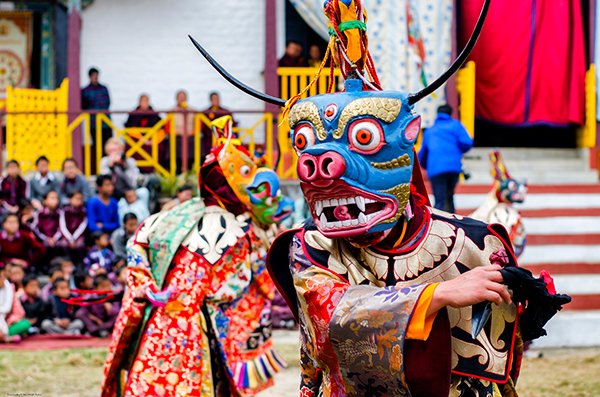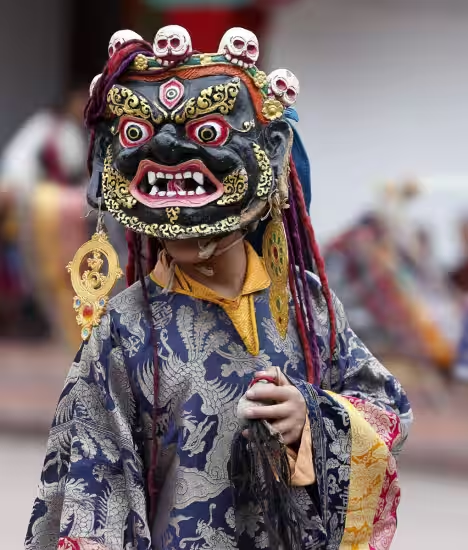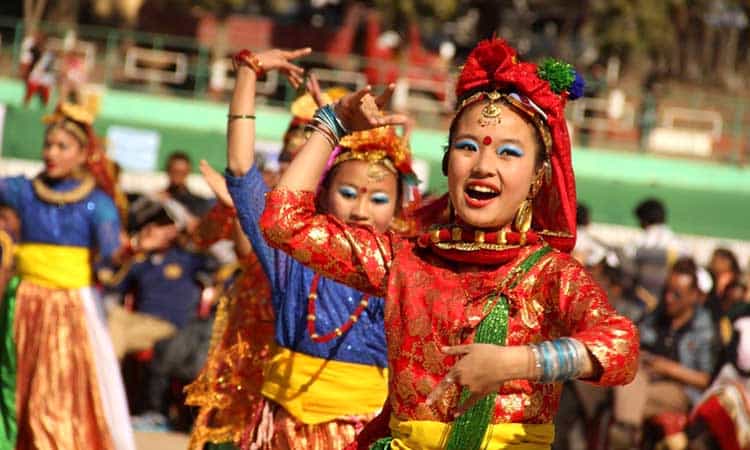
Sikkim’s art and culture cannot
be described in fragments, it
must be understood as a living,
breathing tapestry, woven from
centuries of faith,
craftsmanship, and storytelling.
It is a culture born not of
uniformity, but of respectful
diversity, mosaic of different
ethnicities, customs, and
spiritual traditions that coexist
seamlessly.
At its core, the cultural identity of Sikkim rests on the shoulders
of its different communities, each distinctively unique in their
customs and traditions, yet united by the Sikkimese values of
compassion, understanding and respect. This confluence of
communities manifests vividly in the art forms of Sikkim, from
sacred paintings and ritual dances to architecture, textiles, and
oral traditions. Revered art forms such as Thangka Painting
(Buddhist scroll) traditionally used for meditation and teaching,
traditional craft of Lepcha Hat making, carpet weaving,
amongst others, echo tales of time honored meaning and
significance. Sikkimese architecture, especially its monasteries,
is both visually stunning and spiritually charged.


Traditional dances are another powerful expression of
Sikkim’s cultural richness. Cham dances, performed
during religious festivals, are elaborate masked
performances that depict divine battles, cosmic cycles,
and teachings of compassion
Dance forms like Sili Naach, Maruni, Tamangselo
amongst various other dance forms that exist in different
communities throughout the state, add festivity to
marriages, harvests, and community gatherings. Sikkim’s
textiles and handicrafts reflect its artistic dexterity and
sustainable ethos. The handwoven woolen carpets, made
in bright, geometric patterns, have earned international
acclaim. Wood-carving, metalwork, and bamboo craft are
also vital parts of Sikkimese life.
Perhaps the most beautiful aspect of Sikkim’s culture is how it is carried not in textbooks or
museums, but in daily life — in the way elders tell stories to children, in the handmade offerings
at
every altar, in the careful preservation of traditional dress, and in the collective celebration of
festivals regardless of religion or ethnicity. Culture in Sikkim has evolved without erasing its
roots.